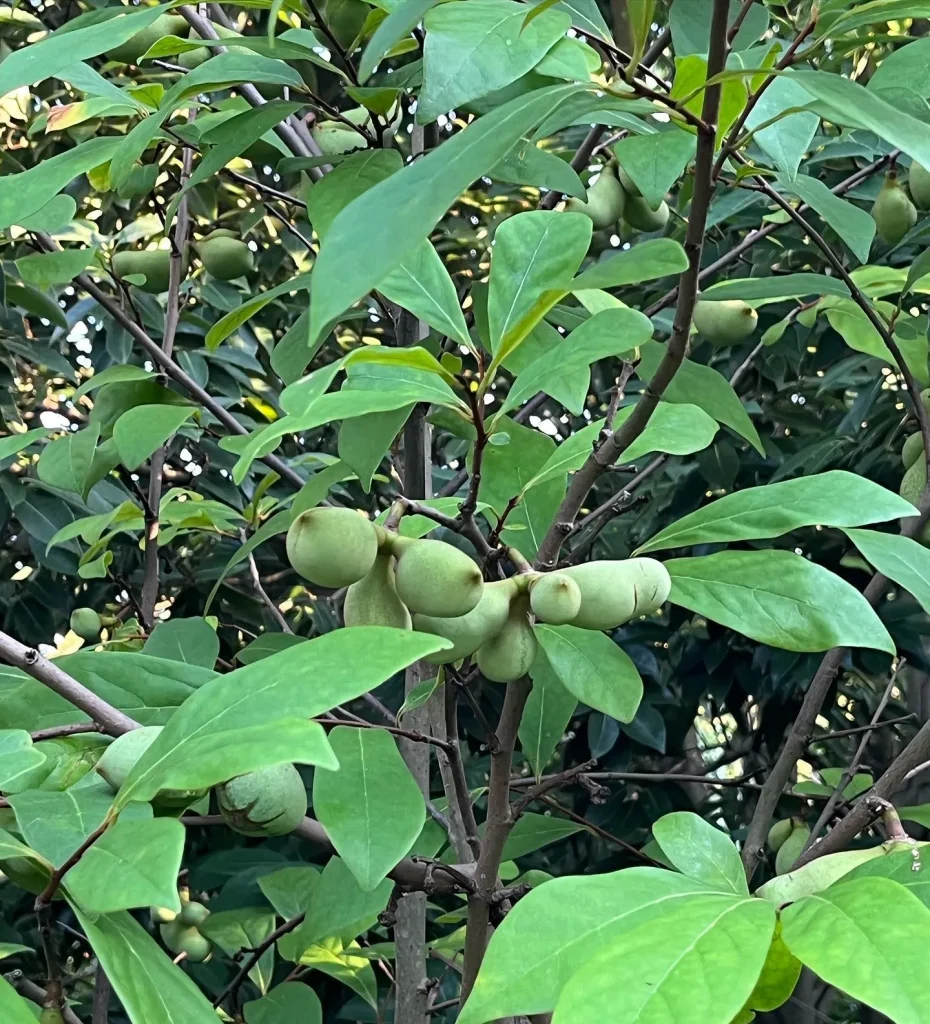
Frequently Asked Questions About Sambucus Mexicana
As a plant enthusiast, I’ve delved into the world of Sambucus Mexicana, often finding myself fielding questions from fellow gardeners. This article will address common queries about this intriguing plant, exploring its characteristics, care, and comparison with similar species.
23 Species in Genus Sambucus
Are Sambucus Nigra and Mexicana the Same Plant?
One of the most common questions I encounter is whether Sambucus Nigra and Sambucus Mexicana are the same plant. The short answer is no; they are distinct species, though they share some similarities.
Sambucus Nigra, commonly known as Elderberry, is native to Europe and parts of Asia. It is widely recognized for its medicinal properties and dark purple berries. In contrast, Sambucus Mexicana, or Mexican Elderberry, is native to North and Central America. While both species belong to the same genus and share some general characteristics, such as their small white flowers and dark berries, they differ in their specific needs and growth habits.
What Is Sambucus Mexicana Adoxaceae?
Sambucus Mexicana belongs to the family Adoxaceae, which is relatively obscure compared to more familiar plant families. Adoxaceae, or the elderberry family, encompasses plants known for their clusters of small, often fragrant flowers and berries. Sambucus Mexicana is particularly valued in its native regions for its medicinal uses and ornamental qualities.
In terms of appearance, Sambucus Mexicana produces creamy white or pale yellow flowers in flat-topped clusters, followed by clusters of blue-black berries. Its foliage is pinnate, giving the plant a feathery look.
Sambucus Mexicana vs Sambucus Nigra
When comparing Sambucus Mexicana and Sambucus Nigra, several differences become apparent.
Appearance: Sambucus Nigra typically has darker foliage and berries compared to Sambucus Mexicana. The flowers of Sambucus Nigra can also be more fragrant.
Growth Conditions: Sambucus Nigra generally prefers cooler climates and may not thrive in the hotter, drier conditions favored by Sambucus Mexicana. Mexicana, on the other hand, is well-suited to the warmer climates of its native range.
Uses: Both plants are valued for their medicinal properties, but their applications can vary. Sambucus Nigra is renowned for its use in syrups and teas for its immune-boosting properties. Sambucus Mexicana is used similarly but may have variations in its medicinal benefits due to its different chemical composition.
How to Care for Sambucus Mexicana?
Caring for Sambucus Mexicana involves understanding its specific needs:
Sunlight: This plant thrives in full sun to partial shade. It prefers a sunny spot but can tolerate some shade, especially in hotter climates.
Soil: Sambucus Mexicana enjoys well-drained, moist soil. It’s quite adaptable but does best in slightly acidic to neutral soil.
Watering: Regular watering is essential, particularly during dry periods. However, the plant does not like to sit in waterlogged soil, so good drainage is crucial.
Pruning: Pruning Sambucus Mexicana helps maintain its shape and encourages new growth. It’s best to prune after flowering to avoid cutting off potential berries.
How to Propagate Sambucus Mexicana?
Propagation of Sambucus Mexicana can be achieved through several methods:
Seeds: Sow seeds in early spring. They may require stratification (a period of cold) before germination.
Cuttings: Softwood cuttings taken in early summer can be rooted in a moist medium. Ensure they are kept humid until roots develop.
Division: Established plants can be divided in early spring or fall. This method works well for mature plants and helps to rejuvenate them.
What to Plant With Sambucus Mexicana?
Sambucus Mexicana pairs well with various companion plants. Consider combining it with:
Native Grasses: Such as Little Bluestem or Prairie Dropseed, which complement its naturalistic appearance.
Perennials: Like Coneflowers or Black-eyed Susans, which provide color contrast and attract pollinators.
Ground Covers: Such as Creeping Jenny or Sedum, to help retain soil moisture and reduce weeds.
Can You Grow Sambucus Mexicana Indoors?
Sambucus Mexicana is best suited for outdoor cultivation. It thrives in its natural environment and requires space to grow. Growing it indoors is challenging due to its size and light requirements. However, if you have a large, well-lit space and can meet its needs for humidity and light, it might be feasible, though not ideal.
Is Sambucus Mexicana Toxic?
Sambucus Mexicana, like other elderberries, contains compounds that can be toxic if consumed raw. The berries and other parts of the plant must be properly cooked to neutralize these toxins. Ingesting raw berries or other parts of the plant can lead to nausea or more severe symptoms.
Benefits of Sambucus Mexicana
Sambucus Mexicana offers several benefits:
Medicinal Uses: The plant has been used traditionally for its anti-inflammatory and immune-boosting properties.
Ornamental Value: It provides aesthetic appeal with its attractive flowers and berries.
Wildlife Support: The plant attracts various pollinators and birds, contributing to biodiversity.
Common Problems with Sambucus Mexicana
Some issues that might arise include:
Pests: Look out for aphids and scale insects, which can affect the plant.
Disease: Fungal diseases such as powdery mildew can sometimes be a problem, especially in overly moist conditions.
Pruning Issues: Improper pruning can lead to reduced flowering or berry production.
Conclusion
Sambucus Mexicana is a fascinating plant with unique characteristics and benefits. Understanding its differences from similar species like Sambucus Nigra, along with its care requirements and uses, can help you make the most of this plant in your garden. Whether you’re interested in its medicinal properties or its ornamental appeal, Sambucus Mexicana is a worthy addition to any plant collection.
If i die, water my plants!



